What is a 'megacity'
'Megacities', a future challenge
Tokyo (Japan) is currently the largest 'megacity' in the world with 37.4 million inhabitants. In 2100 it will be Lagos (Nigeria) with 88 million. The number of these urban centres are astounding and in a short period of time they will become a great challenge for humanity at a demographic, migratory, socio-economic, political and environmental level.
Dozens of people crossing a zebra crossing, a constellation of red lights on the tarmac and a chaotic orchestra of thundering horns. In large cities there are more and more of us and this image is now part of our day-to-day life. On the other hand, villages are emptied with an endless diaspora and the howl of the wind becomes the only company of its aged inhabitants. The concentration of world population in urban centres is an increasing trend. In 2015, according to UN data, 54% of the population — some 3.96 billion people — lived in cities. In 2030, this will grow to 60%. This percentage means that the urban centres will receive approximately 5,000 million souls.
One of the consequences is that the number of megacities, those exceeding 10 million inhabitants, will multiply and this concept will slowly replace big cities. We do not know if in the future cars will fly through the sky, one of science fiction's obsessions, but what we do know is where most of these megalopolises will be located: in emerging countries. In the medium term, in Asian countries such as China and India to then hand over the baton to African countries such as Nigeria or Tanzania. The demographic, migratory, socio-economic, political and environmental changes causing the rise of these megacities are somewhat more uncertain.
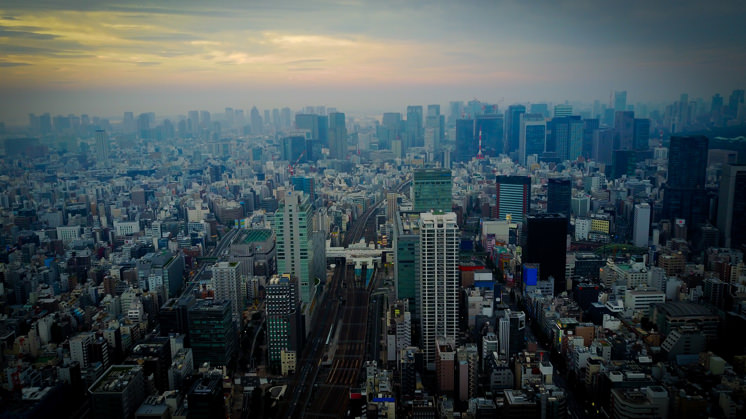
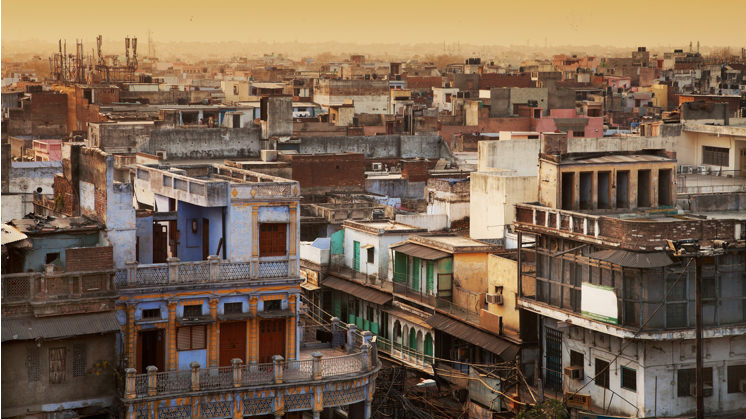
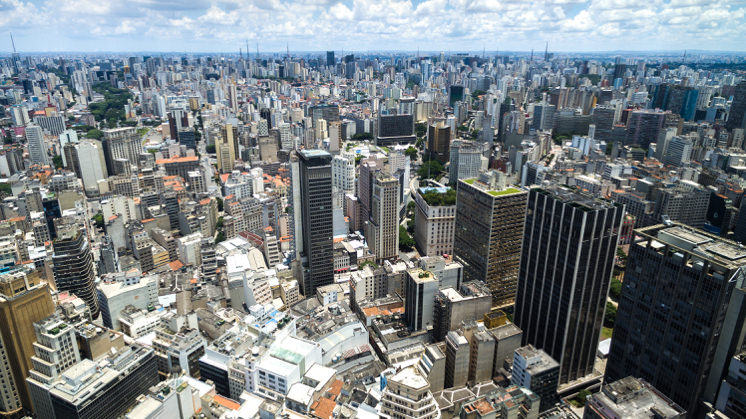
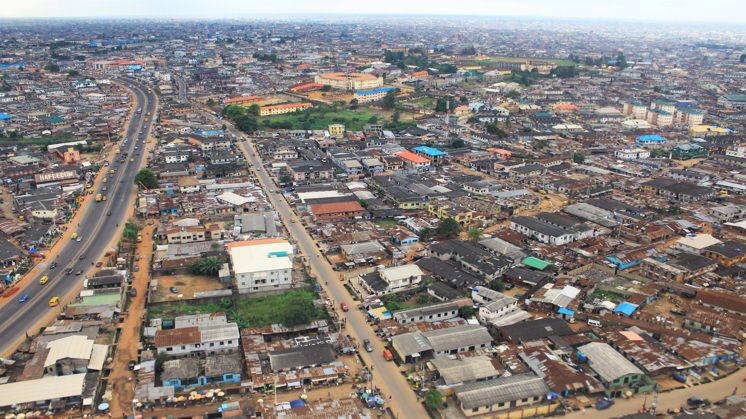
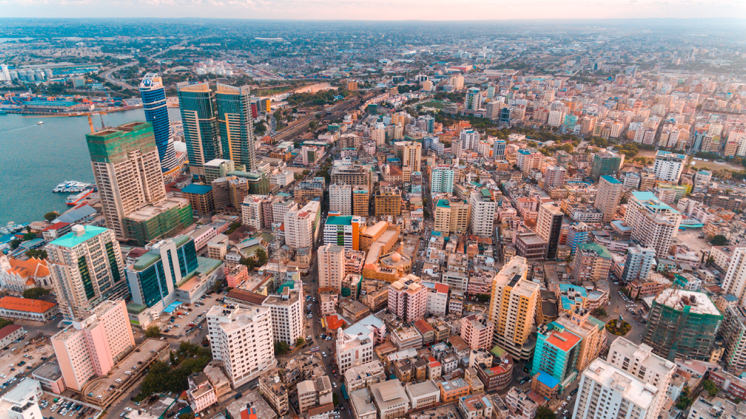
Throughout history, people have migrated to large urban centres in search of opportunities. In forthcoming years, economic reasons will continue to drive this kind of migration. The megalopolises will capture a high percentage of the world's wealth and their enormous potential will attract thousands of people. Dan Hoornweg, a professor at the Ontario University and author of the study Population predictions for the world's largest cities in the 21st century with Kevin Pope, warns of a possible exception: "The fear is that African cities will increase their population without a proportional growth of their economy. And this would be a risk to the quality of life of its inhabitants.



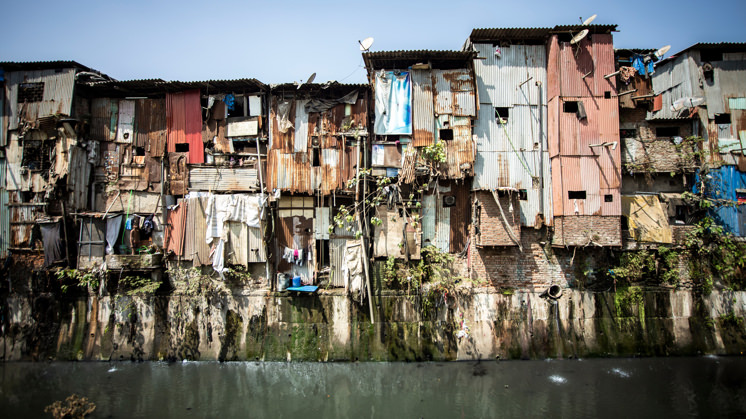
Dhavari Slum (Bombay, India).
How do you live in a megacity? Researchers warn that urban centres with over 50 million people are an enormous challenge from the perspective of basic services and minimum infrastructure required and authorities are faced with answering that question. The construction of, for example, roads or the underground can take decades before they are finalized and run the risk of not keeping up with the pace of population growth. Such an increase will lead to changes in production and consumption patterns which, sooner rather than later, will begin to collide with a lack of limited natural resources. Another challenge politics will have to deal with is climate change. Many of these megacities are located in coastal areas and, depending of how the environmental conditions evolve, it is likely that parts their land end up below the water.
Solutions will come from innovation
Innovation will be key in responding to the problems arising from the development of these megalopolises. The following are some of the most important initiatives to try to solve them:
 Reducing the carbon footprint, in other words, mitigating greenhouse gas emissions, through measures aimed at improving energy efficiency.
Reducing the carbon footprint, in other words, mitigating greenhouse gas emissions, through measures aimed at improving energy efficiency.
 To create mechanisms aimed at listening to the inhabitants of these urban centres and thus promoting citizen participation and social cohesion.
To create mechanisms aimed at listening to the inhabitants of these urban centres and thus promoting citizen participation and social cohesion.
 To create fresh urban islands that minimize the effects of urban heat islands. In Chicago, 70,000 new trees have already been planted in the city centre to fight this phenomenon.
To create fresh urban islands that minimize the effects of urban heat islands. In Chicago, 70,000 new trees have already been planted in the city centre to fight this phenomenon.
 Install green roofs made with native vegetation in order to capture and store rainwater so that it can be reused.
Install green roofs made with native vegetation in order to capture and store rainwater so that it can be reused.
 Promote city agriculture, from vertical gardens aimed at purifying the air inside buildings through biofiltration, to urban gardens.
Promote city agriculture, from vertical gardens aimed at purifying the air inside buildings through biofiltration, to urban gardens.
 Implement Internet of Things (IoT) applications to reduce environmental impact, maintain the citizens' safety and improve their quality of life.
Implement Internet of Things (IoT) applications to reduce environmental impact, maintain the citizens' safety and improve their quality of life.
 Support the use of eco-efficient technologies in all areas, especially when designing new buildings — the big energy consumers in cities—.
Support the use of eco-efficient technologies in all areas, especially when designing new buildings — the big energy consumers in cities—.
 Develop an intelligent public transport system, which is efficient respectful with the environment with a fleet of electric cars.
Develop an intelligent public transport system, which is efficient respectful with the environment with a fleet of electric cars.
It is clear that how megacities continue to produce and consume energy and goods will be crucial to their social, ecological and economic survival. Here, the policies on environmental sustainability will be key to face, with hope, one of the greatest challenges that lies ahead for humanity.
Eco-neighbourhoods: a future commitment for sustainable cities
The most sustainable cities in the worlds
Kiribati, the first country rising sea levels will swallow up as a result of climate change




